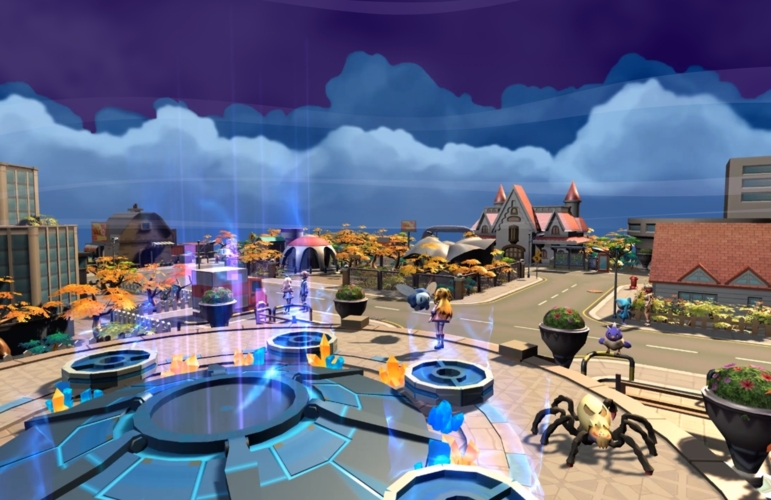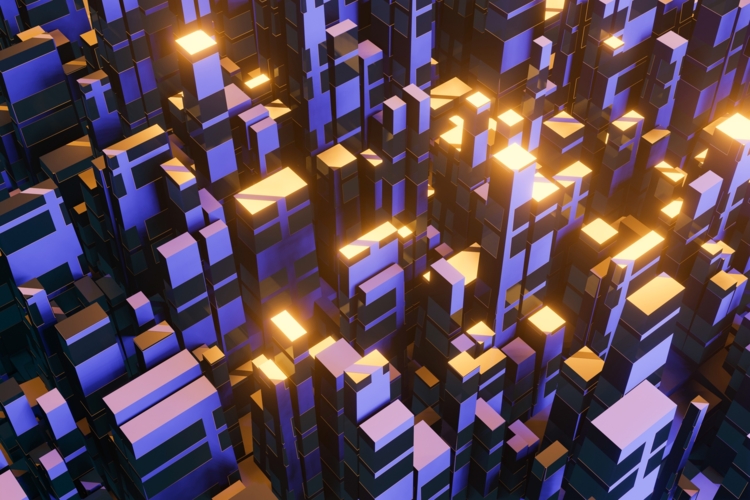NFT, or non-fungible token, is a technology that can be used in many different ways. It is one of the building blocks of Web 3.0 (decentralized, blockchain-based internet), as a way to empower content creation and monetisation, record and transfer ownership, and to create new investment assets.
In the metaverse, NFT can play a pivotal role in building a viable economy: from Play-to-earn gaming in virtual or augmented reality, investment opportunities like trading real estate and digital items in virtual spaces, innovative e-commerce services, and many other possibilities for the future metaverse market dynamics.
What can NFTs do?
NFTs, one of the emerging technologies in the web 3.0 community, known in the mainstream meadia as the tech for buying and selling custom profile pictures, can be used in infinite ways, mostly as a record of ownership and a carrier of smart contracts. NFTs can be traded as assets (e.g. unique copies of digital art, exclusive videos or virtual items), bought and sold as tickets or vouchers, or as entitlement to an experience - like a dinner with a celebrity.
How can NFTs be used by metaverse users?
The most important purposes of implementing NFT in the metaverse are:
- Proof of identity and authenticity
- Interoperability
- Building the infrastructure for UGC (User-generated content)
- DeFi (decentralized finance)
- GameFi (game finance)
Metaverse NFT as Proof of Authenticity and Identity
A major challenge of building a metaverse that is based on trust and secure transactions, will be proof of authenticity, ownership and identity. NFT is one proposition for how to solve this challenge. That is because it's based on blockchain, and blockchain's main purpose is holding immutable, permanent record of all transactions.
It's very difficult to copy anything that exists in the material space, unless one has specialised skills, materials and technology to counterfeit the object.
But once something exists as a digital object, the material barrier disappears and often, no special skill is required aside from following instructions from a tutorial. While it's extremely unlikely that someone in the physical space will ever pretend to be you in the presence of people you know - counterfeiting your documents or stealing your digital identity is much easier. It has probably happened to you, too.
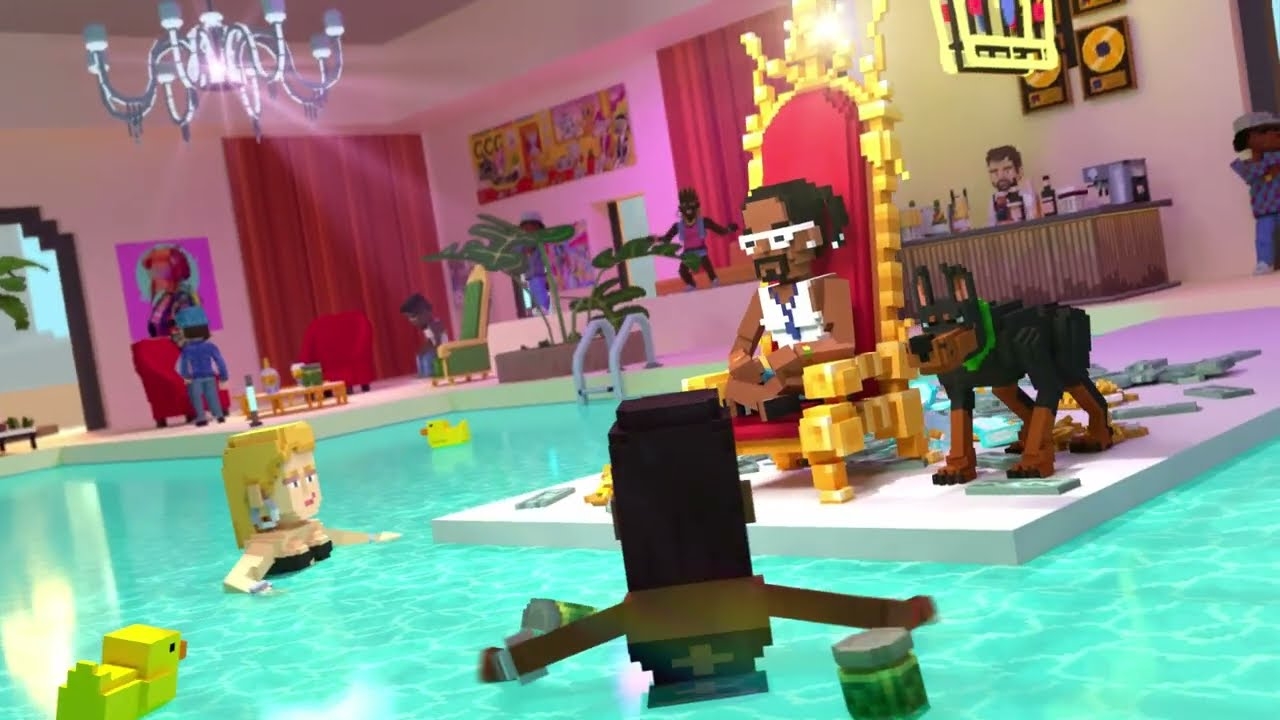
Digital avatars can be a reliable proof of anyone's identity. With NFTs, even if someone were to imitate your avatar's appearance by buying the same digital clothes as you, or even the same avatar skins, they will still not be able to impersonate you. A tokenized avatar will be unique and impossible to counterfeit.
Virtual world interoperability
Another promise of wide adoption of NFTs in the metaverse is that it will allow for seamless transfer of objects between different virtual worlds. That is the first step to an interoperable metaverse, which according to the top experts is necessary if we want to build an actual metaverse, and not just a multiverse of separate virtual worlds.
Every virtual world - be it a game, virtual museum, or a hangout space - is built on its own programming framework and it is closed within a given developer's intellectual property. This means that transferring any object between different virtual worlds is either impossible, or extremely complicated.
NFTs, however, are stored on their own blockchain infrastructure. Once implemented at scale with deep integration, tokenized items such as avatar skins in games, weapons, accessories, tickets, digital luxury bags, or even real estate, will allow your virtual assets to follow you into every virtual world you go to.
But the application of this tech in the metaverse world doesn't end there. Tokenized digital assets can be transferred between the internet and physical space.
Once the metaverse goes mainstream, people who build their lives there will seek out an increasing number of things that shape our "real" life today: a place to call home, collectibles that hold special meaning and monetary value, all kinds of things that improve their life by opening new possibilities and building their personal brand, or social image. If you've spent years saving up money for a car or an apartment, why shouldn't you enjoy them in the metaverse, too? If you won a guitar signed by your favourite band, why not show it off in the metaverse? All this could be possible once NFTs are widely adopted in the virtual economy.
Market infrastructure for digital artists and UGC (User-Generated Content)
One of the first applications of NFTs was to create the backbone and proof of ownership for the digital art market. While it's not the only application of non-fungible tokens, it is still one of its top value offerings.
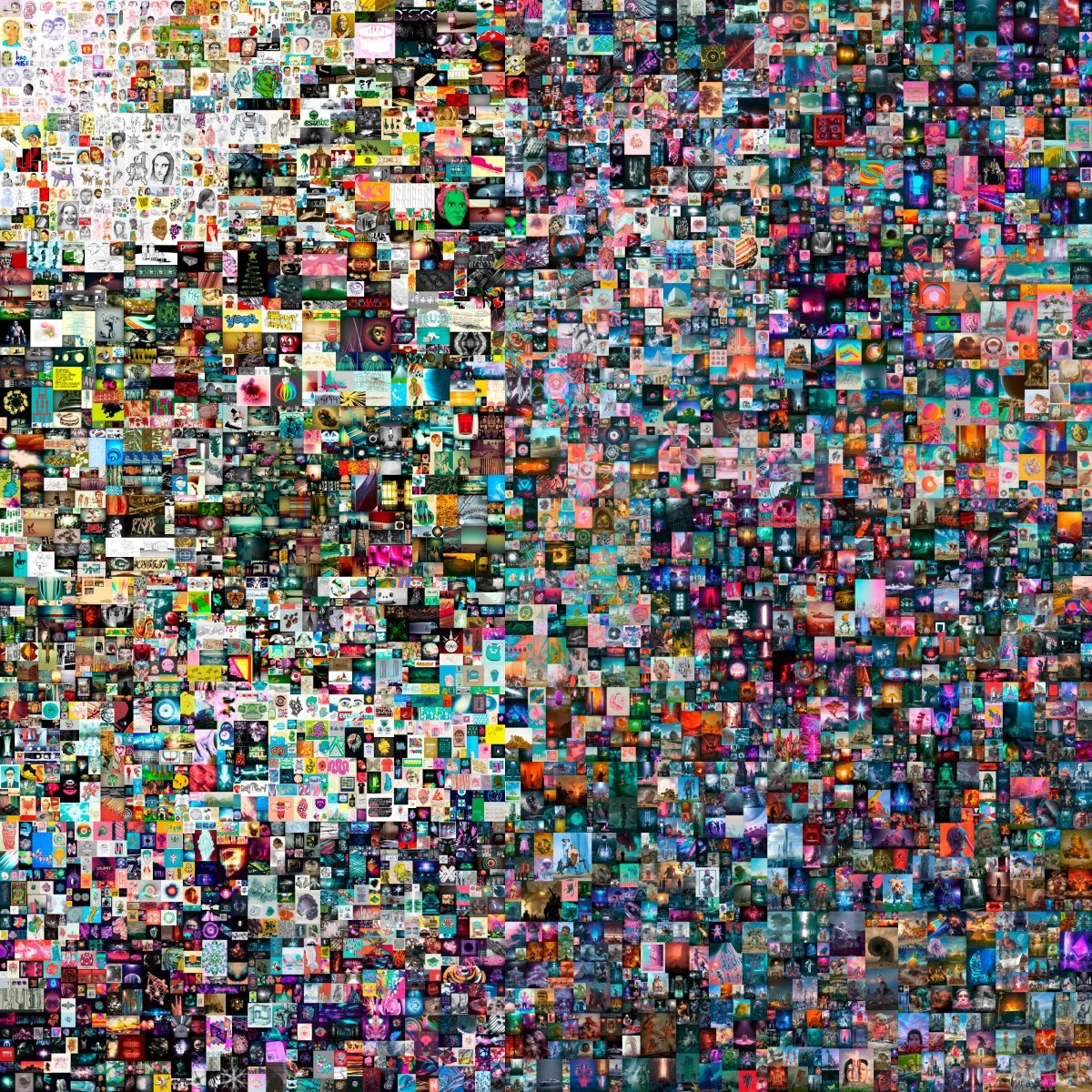
Beeple’s Everydays: The First 5,000 Days (2021), an NFT that sold for $69.3 million
In the early 2021, Christie's hosted the first auction of an NFT, ending in an record sale of Beeple's "Everydays: the First 5000 Days" for $69.3 million (42,329 ETH). A few months later, another major auction house, Sotheby's launched the first wholly virtual art gallery in Decentraland. These are just two events which show that crypto tech has gone mainstream in the art trade world. And the metaverse is set to become the destination for displaying digital art, prividing a 3D environment to interact with what used to be a JPG, GIF or a video file.
NFT can be used to transfer ownership and licensing rights for digital artwork, which is a new opportunity not just for digital artists creating standalone pieces, but also creators who make custom items in games and virtual worlds. With NFTs, artists can collect royalties even when their content gets resold or rented.
Non-fungible tokens are located on independent blockchain networks, so they could provide a framework for UGC property rights to be recorded and used outside of proprietary platforms like Fortnite, Roblox, or Sandbox. Currently, most virtual platforms retain most intellectual property rights for avatar skins, objects, buildings and other assets created by platform users, and Non-fungible tokens on an independent blockchain could help empower content creators to reclaim their rights.
How can NFT in the metaverse be used in business?
At the end of 2021, when metaverse started to truly trend, many brands jumped on the opportunity to leverage NFTs for selling digital goods and building up their brand equity.
From products targeted at kids and teenagers, to online gaming platforms, entertainment companies, sport events, art dealers and luxury brands - almost any business can use NFTs in metaverse for a unique customer experience or product that transcends geographical barriers and engages people when physical interaction is limited.
Luxury and fashion industry leveraging NFT and the metaverse
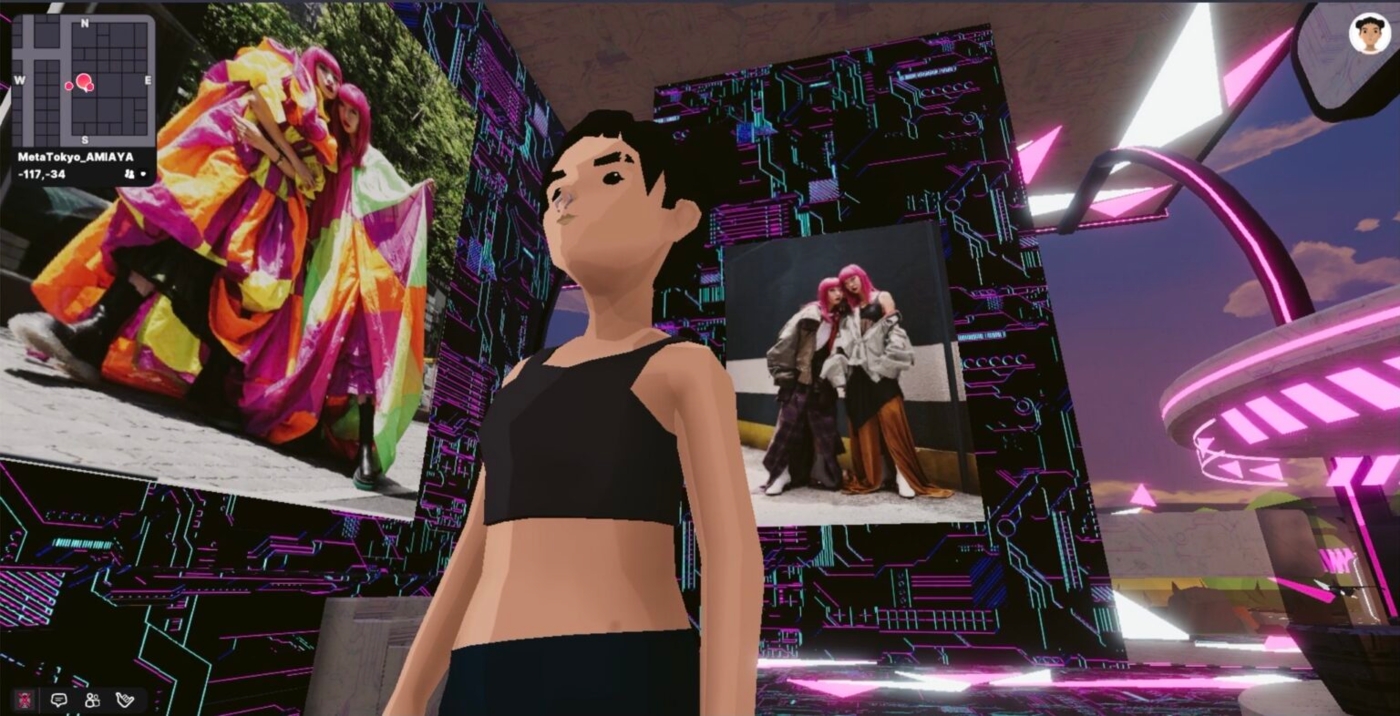
Metaverse Fashion Week - the future of fashion NFT? Image credit: GMW3
Luxury and fashion brands are at the vanguard of leveraging virtual reality and NFT. In March 2022 Decentraland hosted Metaverse Fashion Week where brands like Tommy Hilfiger, Selfridges, DKNY or Paco Rabanne created virtual experiences and runway shows. The event attendees could participate in those, watch discussion panels live, buy the fashion pieces either in a digital or physical form, and get a chance to win unique tokens.
Other brands that have entered the metaverse include Gucci, Burberry, Dolce & Gabbana or Balenciaga. In September 2021, Dolce & Gabbana presented a nine-look collection that included four virtual-only designs. The NFT attached to the collection sold for $5.7 million. Gucci partnered with Roblox to create a lookalike of their real-world Florence art installation, where entrants' avatars could try on virtual replicas of Gucci clothes.
Virtual-first shopping experience
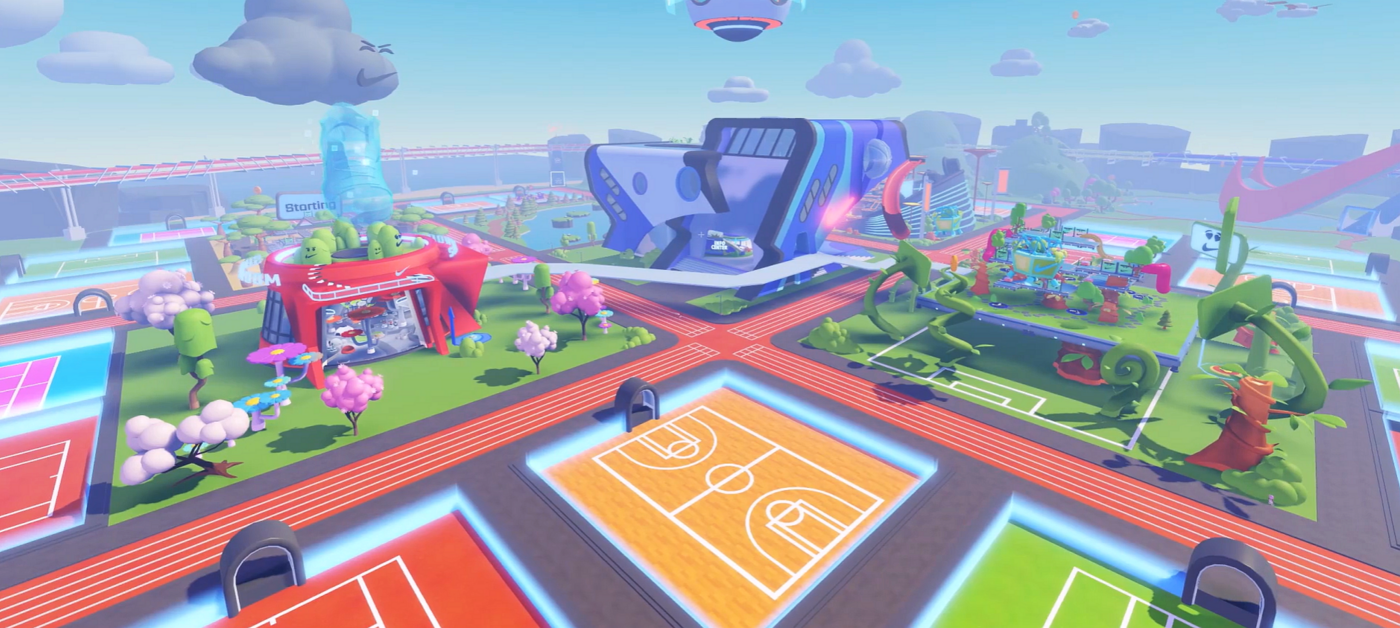
Nikeland, a metaverse collaboration between Nike and Roblox
Nike's partnership with Roblox resulted in the creation of Nikeland, a metaverse concept store where people can buy Nike clothes and accesories for their avatars. On top of that, they can also play mini-games such as tag or dodgeball. Nike is just one among a growing number of global brands using their metaverse presence to experiment with, and possibly shape future shopping experiences.
Glenfiddich, a Scotch distiller, recently sold a set of NFTs attached to rare 46-year-old bottles of whickey, for $18,000 each. These NFTs are not only artistic illustrations of the bottle, but also act as counterfeit proof of ownership and when the buyer decides they want to redeem their purchased bottle, the linked token will get destroyed.
The number of branded NFT projects in the metaverse and tech companies involved in developing them is growing constantly. Some experts in the field and creative agencies believe that it will only keep growing. Aside from adding another channel for customer engagement, there are other potential practical uses. PlatformE's co-founder, Gonçalo Cruz, believes that fashion brands could use metaverse stores to encourage customers to try on a virtual version of a product first, on their sized avatar, before they buy a physical clothing piece. Cruz believes that this could help fashion brands avoid overproduction by only manufacturing the products people already want to buy.
Digital assets in the metaverse
Since financial companies like JP Morgan are among many who have invested in it, there is also a growing interest in digital assets and financial instruments in the metaverse economy that can be traded and developed.
Investing in digital real estate in the metaverse
The metaverse is going through a land rush right now. It would be easy to dismiss the investors pouring millions into virtual land as pumping a bubble on vanity purchases - such as owning a completely virtual mansion for a virtual avatar to hang out in. But land rush is the first stage of a developing economy. The plots of land don't get value just from their use as a place to build a virtual house, but as investment and business assets as well.
Virtual land is being bought up by consumer brands, corporations and investment funds (such as one of the biggest - Metaverse Group) hoping to flip it later on or rent it. Once the interest in metaverse business gains mainstream traction, this land can be resold to virtual malls, luxury stores, concert or sport arenas, museums, and other virtual reality businesses, possibly of the types that don't exist yet. Any business that wants to operate in the metaverse - whether in Decentraland, The Sandbox or Roblox - needs to buy land to build it first.
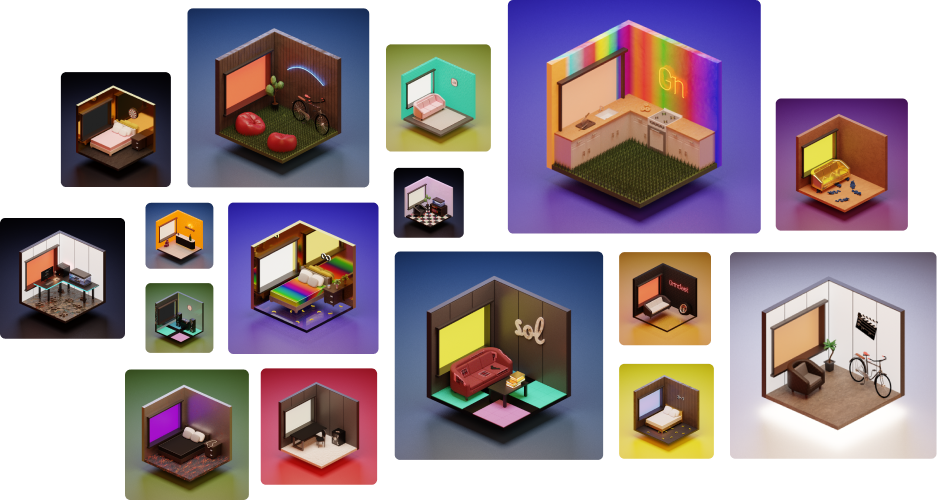
The Tower DAO offers residences for sale in an NFT skyscraper hosted on the Solana blockchain
NFT can carry ownership of digital real estate, which can be bought, sold, rented, developed. Whether it is a plot of land in The Sandbox, an apartment on the Solana blockchain, a villa next to Snoop Dogg's mansion, a shopping mall or a concert venue - it could bring owners passive revenue via rent or even ad revenue.
NFT-based DeFi in the metaverse
As the metaverse is the natural progression of web 3.0 and most of its current economy operates on the blockchain technology, DeFi (decentralized finance) will be the foundation of handling transactions in the virtual worlds. As is the case for NFT.
One example is collecting rent, dividends, royalties or other passive revenue streams from the use of NFT that users have bought. In December 2020 MetaKovan won an NFT auction for a segment of a digital Monaco racing track in the F1 Delta Time game. That NFT allows him to collect 5% dividends from all races and special events that take place on it. Some NFTs are also designed to generate virtual currency yields to their holders, such as CyberKongz ($BANANA), or Mutant Cats ($FISH).
NFTs can also be staked, nested, or used as loan collateral. Staking means locking away an NFT in a DeFi protocol smart contract in order to generate a yield. An example use case would be staking digital assets given to shareholders for a set time period before they can resell them or receive a reward. NFT nesting simply means adding a new NFT or smart contract to an already minted NFT.
NFT in GameFi, or Game Finance
Last but not least: NFT can be a powerful tech to base game economies on. Whether it is an element of P2E (Play-to-earn) model, trading game items like rare drops or self-made accessories, selling avatar skins, collecting royalties for designing levels, buildings or businesses based in games - NFTs can warrant property rights for users' hard-earned equipment and UGC (user-generated content).
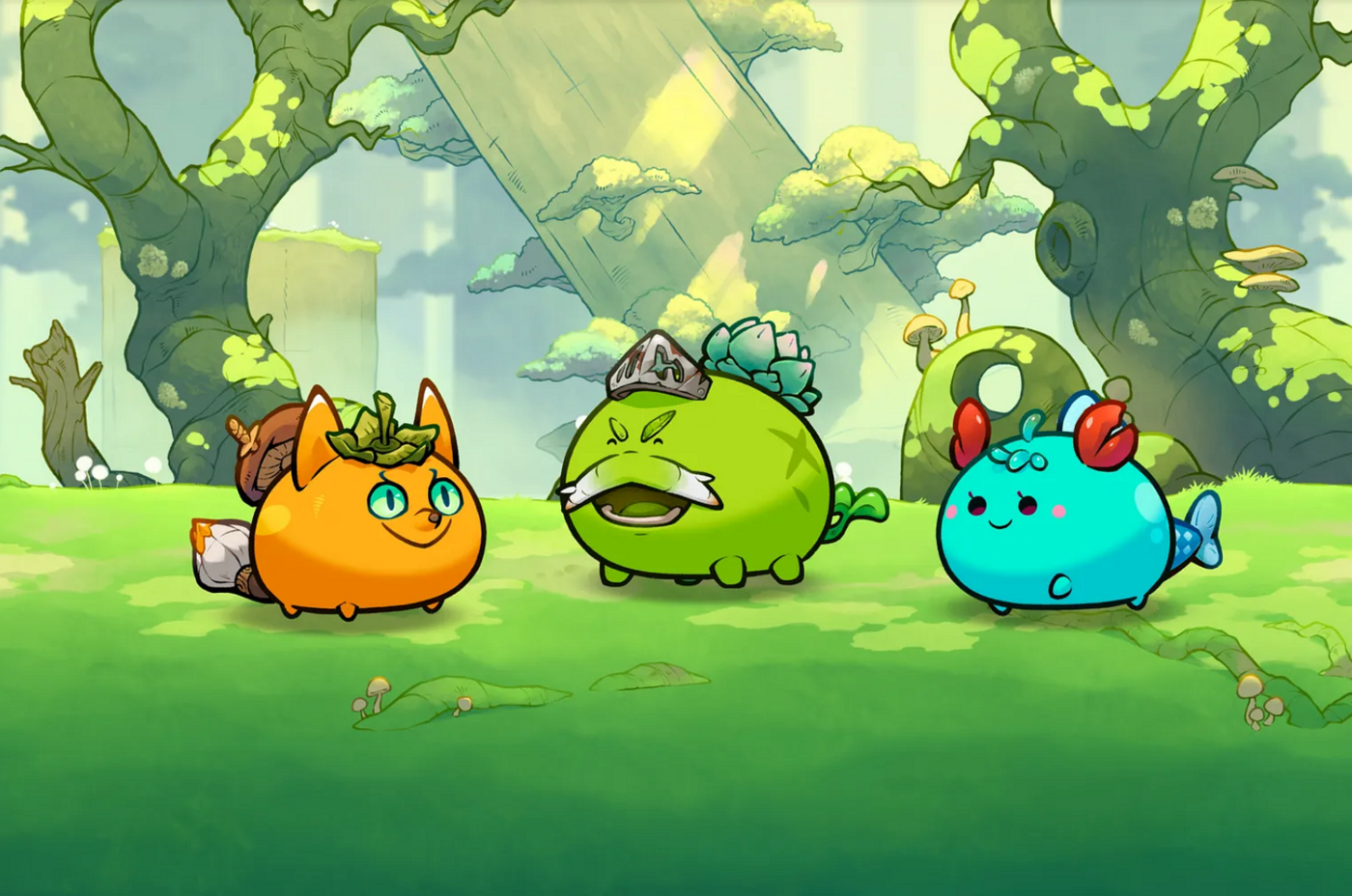
Axie Infinity - NFT metaverse P2E game
Non-fungible tokens can also be an investment and a way towards building a business and earning passive income from gaming. A well-known example is the scholarship model in Axie Infinity, where players have to buy a starter team of Axies in order to play. Since many players can't afford or won't pay money to play a game, they enlist to work for another team owner, who pays them a share of the revenue they win in the game - from rewards and Axies that players help to breed.
How can NFTs shape the metaverse economy?
NFTs can not only be traded as a standalone asset - like an art piece or a virtual house - but it could also be used to issue loans or collect royalties. Both in fiat money and cryptocurrency. Smart contracts and intellectual property rights embedded in NFTs can be used for many different types of property rights, financial instruments or business models. Blockchain-based decentralized finance is something that we, as metaverse developers, believe has enormous potential.
Another aspect of real world economy that some metaverse developers want to recreate in the digital world, is scarcity. Even though technically, everything digital can be duplicated or multiplied with a few lines of code, leaving that possibility open would quickly lead to hyperinflation and devaluation of virtual goods. If scarcity could be maintained, the metaverse could become a new frontier for wealth investment through trading of unique and in-demand virtual assets. NFTs' promise is to make that vision possible.

